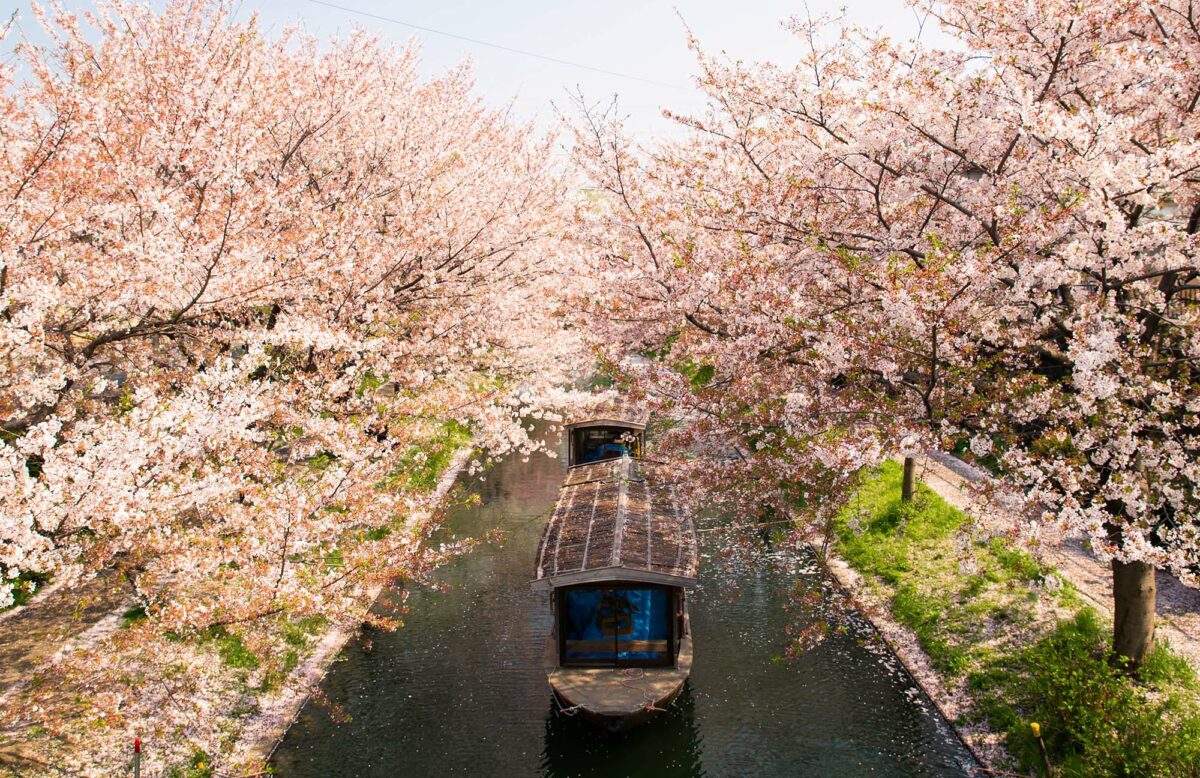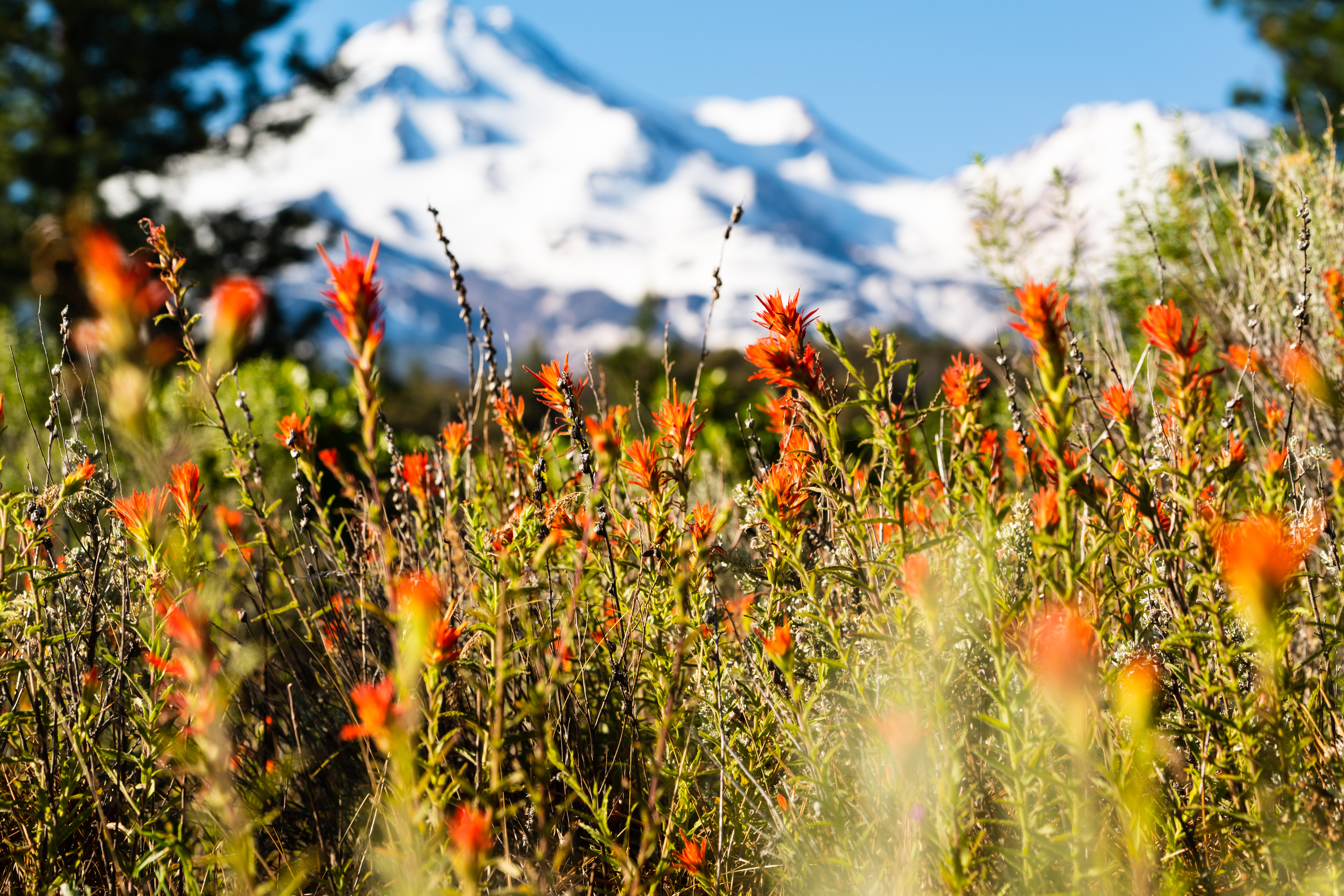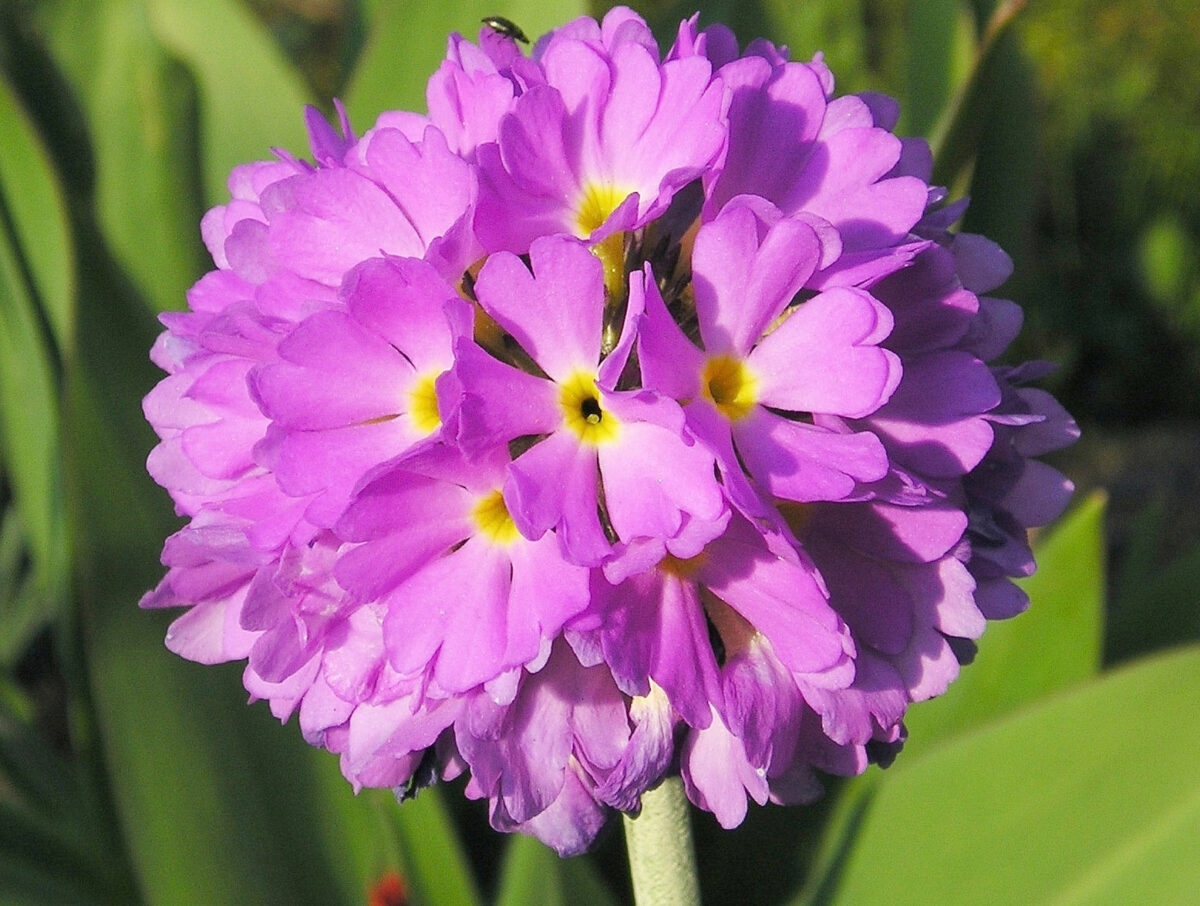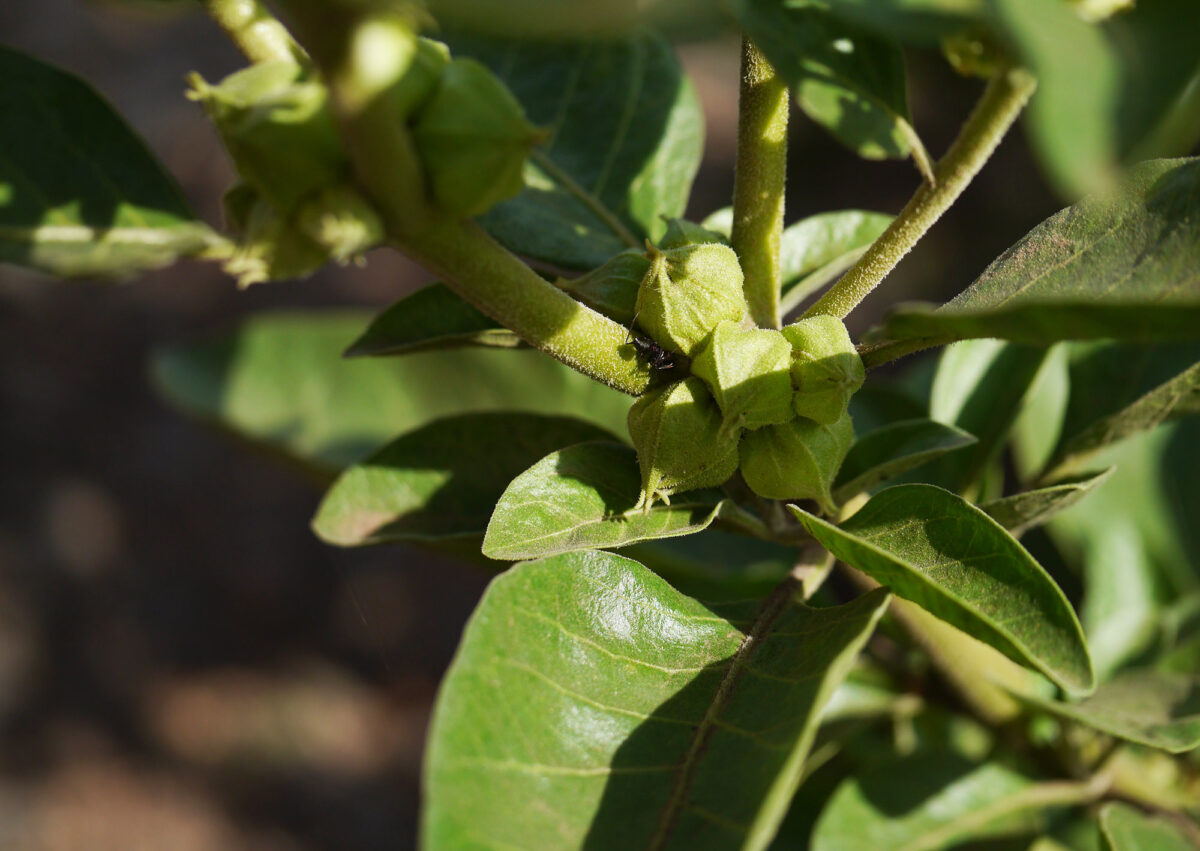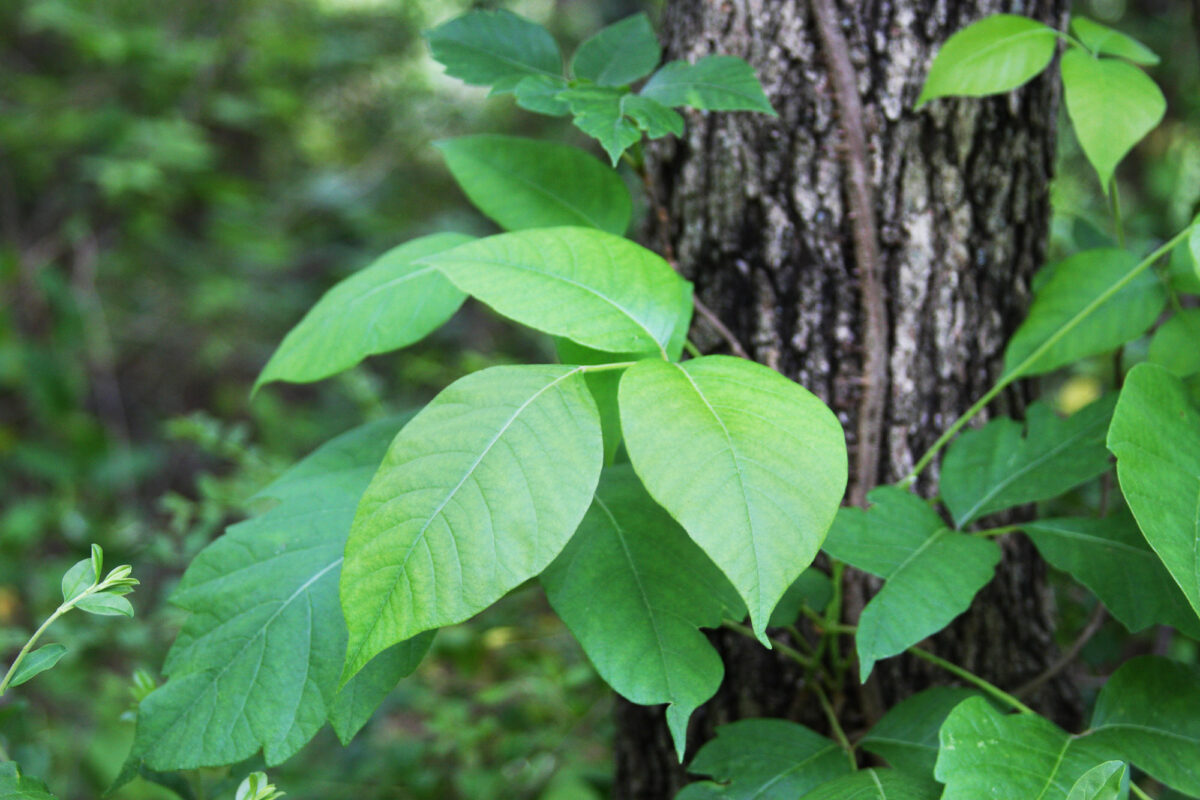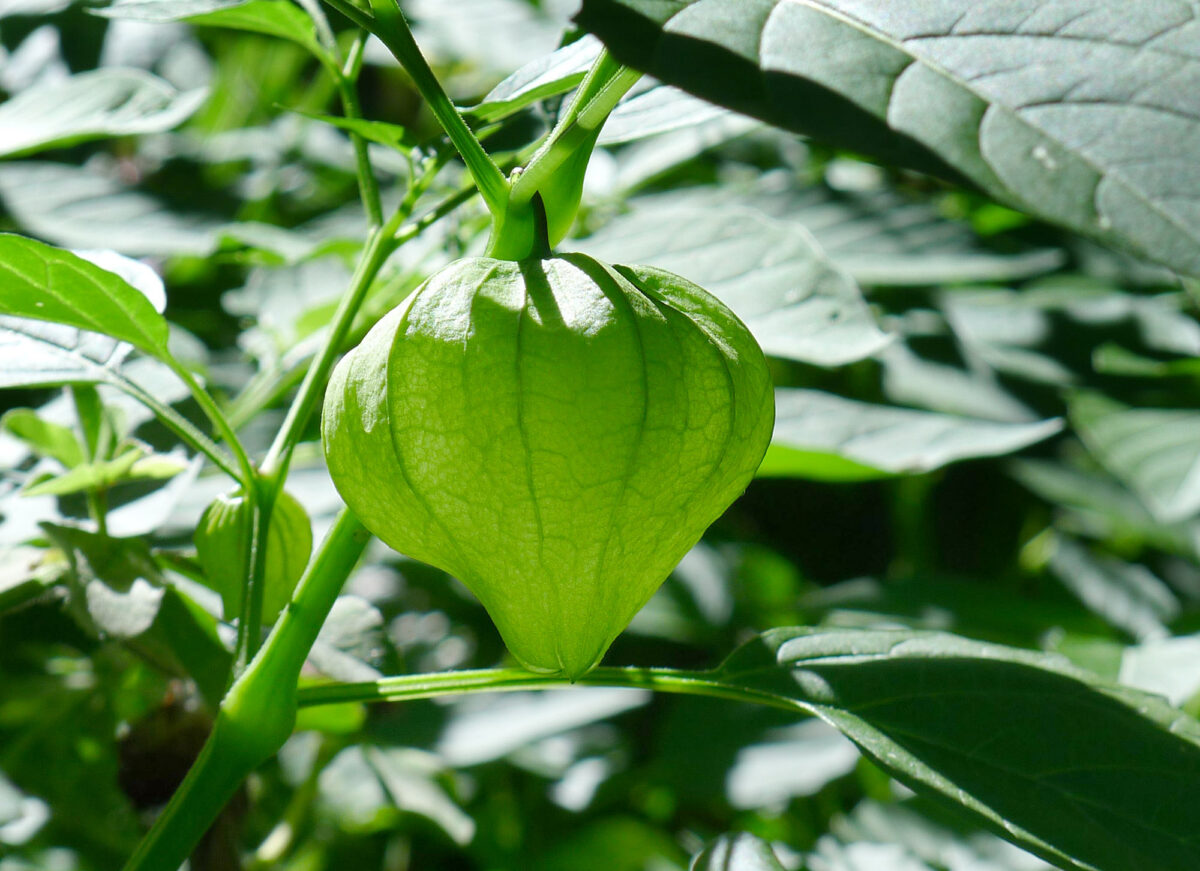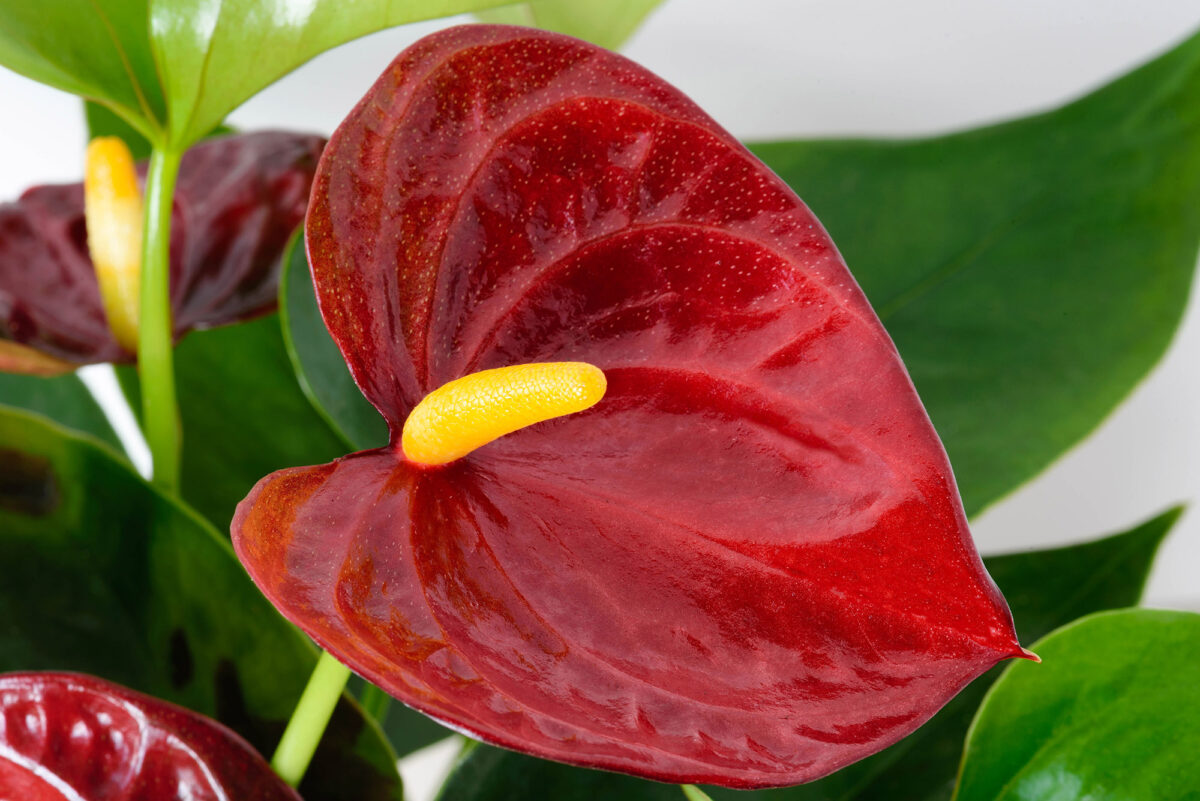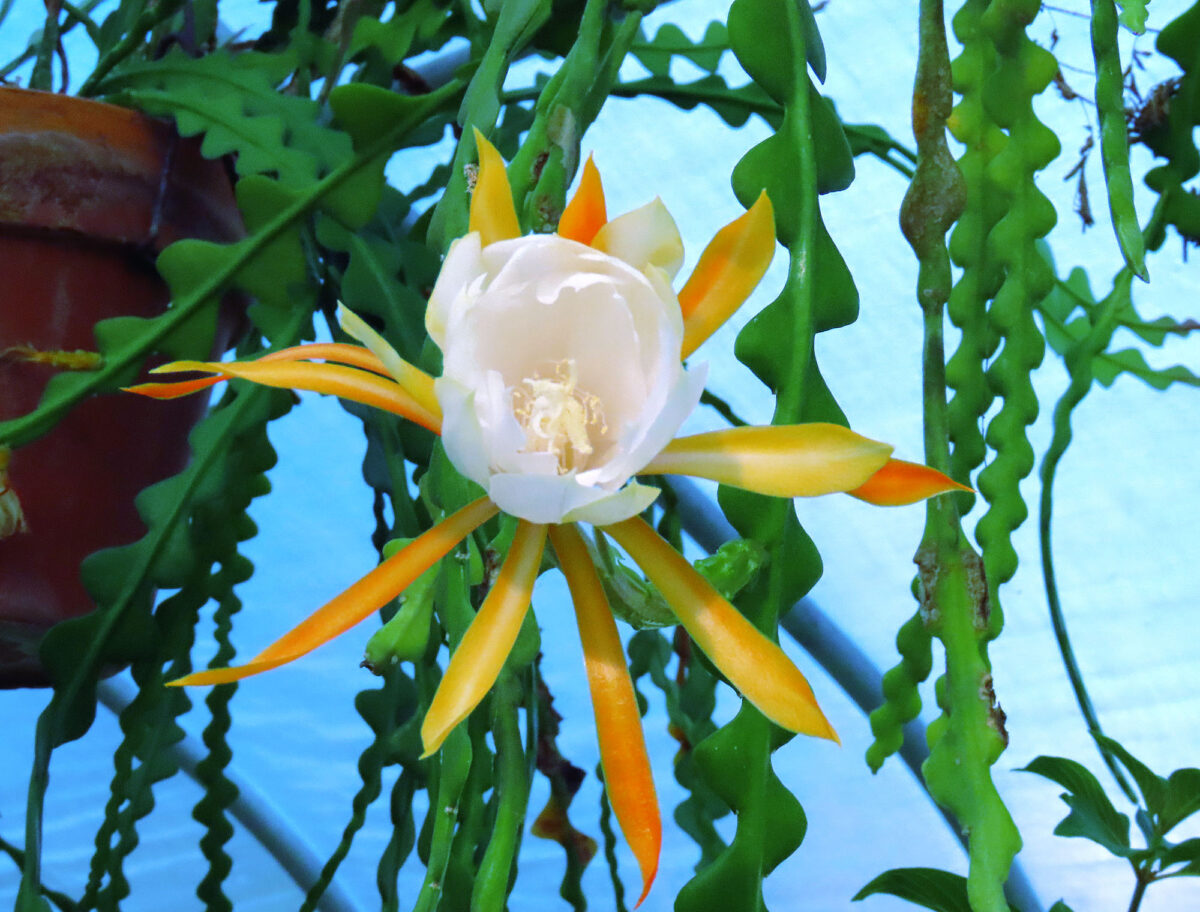Bright, blossoming flowers signal spring’s arrival. After the cold of winter and before allergy season, spring lifts the world’s spirits with beautiful buds. While many wildflowers display brilliant colors, one bloom enraptures crowds more than any other. This popular flower is, of course, the cherry blossom.
Cherry blossom trees, also known as sakura or Japanese cherry trees, are known for their stunning and ephemeral cherry blossom flowers. There are several kinds of cherry blossom tree. Most species feature the signature cherry blossom flower in colors that range from white to pink. Learn more about these wonders of nature with this fascinating collection of cherry blossom facts.

What makes cherry blossom trees special?
The tree’s cherry blossom flower blooms for a short period and usually only lasts for one or two weeks. This fleeting nature lends the blossoms an allure that captivates audiences worldwide.
In the United States, cherry blossom trees arrived after U.S. Department of Agriculture official Dr. David Fairchild imported 100 of the trees from Japan’s Yokohama Nursery Company. Cherry blossom trees are native plants in many parts of Asia, though today Japan is often the country most associated with them.

Cherry blossom parades and celebrations
See how much people adore these fabulous flowers at a cherry blossom parade or celebration. U.S. residents can travel down South to explore Macon, Georgia’s International Cherry Blossom Festival. The town is home to 350,000 Yoshino cherry trees. Washington D.C.’s famous cherry blossom trees are also a great sightseeing opportunity. Visit the city for its annual National Cherry Blossom Festival, and make sure to spend time watching the flower parade.
Outside the U.S., you can attend charming cherry blossom festivals in places like Japan, South Korea, and even Denmark. In Japan’s Hyogo prefecture, the dazzling Himeji Castle welcomes guests for its annual Cherry Blossom Viewing Festival. South Korea’s Jinhae Cherry Blossom Festival is also a beautiful place to observe these seasonal flowers. If you’re in Europe come springtime, you can celebrate cherry blossoms at Denmark’s Copenhagen Sakura Festival.

Are cherry blossoms edible?
Yes! Cherry blossom petals are edible and can be made into delicious treats. Often used in sweet dishes, the petals can flavor ice cream, cookies, candy, mochi, and syrups. Homemade cherry blossom syrup is a delicious way to make flavored sodas and cocktails. Don’t have much of a sweet tooth? Try pickled cherry blossoms or cherry blossom tea.
